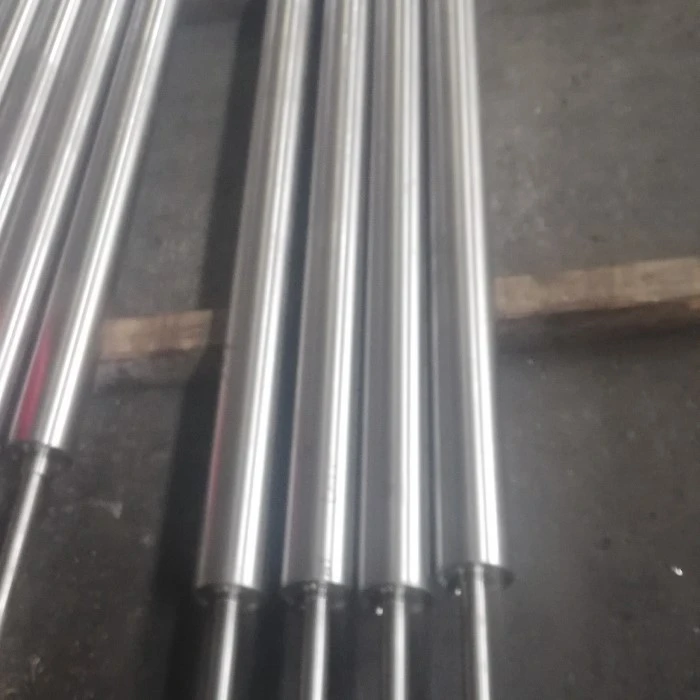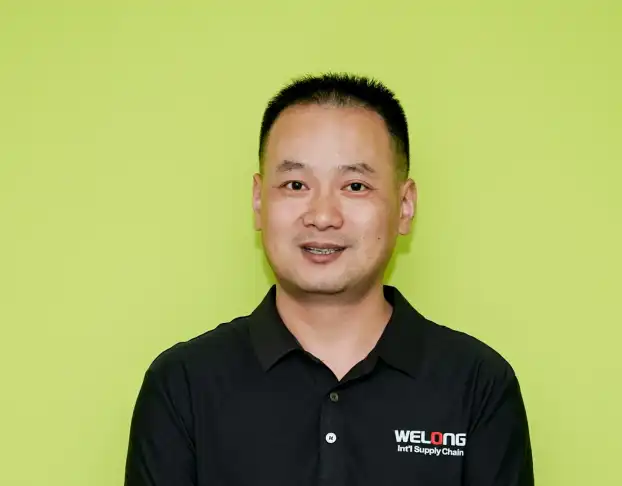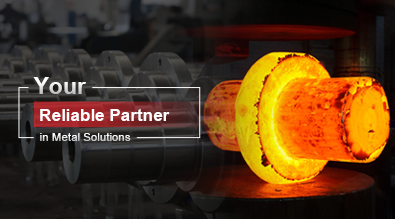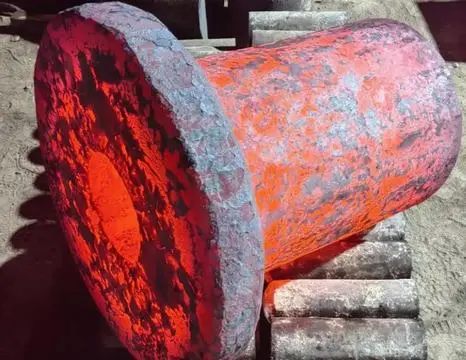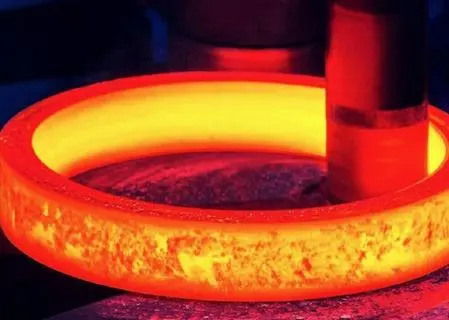Design and Construction of Furnace Rolls for Continuous Processing
Material Selection for Optimal Performance
The choice of materials for furnace rolls is paramount to their performance in continuous processing lines. High-temperature alloys such as AISI 310, HK40, and HP40 are commonly used due to their excellent resistance to heat, oxidation, and corrosion. These materials ensure that the rolls maintain their structural integrity and dimensional stability even under extreme thermal conditions. The selection process takes into account factors such as maximum operating temperature, thermal cycling, and the specific atmosphere within the furnace.
Structural Considerations for Longevity
The design of furnace rolls for continuous processing must account for the unique stresses they will encounter. Engineers focus on creating rolls with optimal wall thickness and internal support structures to prevent sagging or deformation during extended use. The surface finish of the rolls is also carefully considered, as it affects both the roll's performance and the quality of the processed material. Advanced manufacturing techniques, such as centrifugal casting, are often employed to produce rolls with superior grain structure and uniformity.
Cooling Systems and Thermal Management
Effective thermal management is critical for the longevity and performance of furnace rolls in continuous processing lines. Many rolls are designed with internal cooling systems that circulate water or other coolants to regulate temperature and prevent overheating. The cooling design must balance the need for heat dissipation with the requirement to maintain a consistent surface temperature across the roll. This balance is essential for ensuring uniform processing of materials and preventing thermal shock to the roll itself.
Integration of Furnace Rolls in Continuous Processing Systems
Alignment and Installation Procedures
Proper alignment and installation of furnace rolls are crucial for the smooth operation of continuous processing lines. Precision engineering is required to ensure that rolls are perfectly aligned within the furnace, minimizing vibration and uneven wear. Installation procedures often involve specialized equipment and techniques to handle the heavy, heat-resistant components. Proper alignment not only extends the life of the rolls but also contributes to the quality of the processed materials by ensuring uniform contact and heat distribution.
Synchronization with Other Line Components
Furnace rolls must be seamlessly integrated with other components of the processing line to maintain continuous operation. This integration involves synchronizing the rotation speed of the rolls with the movement of materials through the furnace. Advanced control systems are often employed to coordinate the operation of furnace rolls with other elements such as feed mechanisms, cooling systems, and downstream processing equipment. This synchronization is vital for maintaining consistent product quality and preventing bottlenecks in the production flow.
Monitoring and Maintenance Strategies
Continuous monitoring of furnace rolls is essential for maintaining the efficiency of processing lines. Modern systems often incorporate sensors that track roll temperature, rotation speed, and surface condition in real-time. This data allows operators to identify potential issues before they lead to failures or quality problems. Predictive maintenance strategies, based on historical performance data and wear patterns, help optimize maintenance schedules and minimize unplanned downtime. Regular inspections and proactive replacement of worn components ensure that furnace rolls continue to perform optimally throughout their service life.
Optimizing Continuous Processing with Advanced Furnace Roll Technologies
Surface Treatments and Coatings
Advancements in surface engineering have led to significant improvements in furnace roll performance. Specialized coatings and surface treatments can enhance wear resistance, reduce friction, and improve heat distribution. For example, ceramic coatings can provide additional protection against oxidation and corrosion, extending the operational life of the rolls. Some manufacturers are exploring nanostructured coatings that offer superior thermal properties and resistance to thermal shock, potentially revolutionizing the capabilities of furnace rolls in continuous processing applications.
Smart Furnace Roll Systems
The integration of smart technologies into furnace roll design is opening new possibilities for process optimization. Embedded sensors and IoT connectivity allow for real-time monitoring of roll performance and operating conditions. This data can be used to implement adaptive control strategies, automatically adjusting processing parameters to maintain optimal performance. Smart furnace roll systems can also facilitate predictive maintenance, using machine learning algorithms to anticipate potential failures and schedule maintenance activities proactively.
Energy Efficiency and Sustainability Considerations
As industries focus on reducing energy consumption and environmental impact, furnace roll technologies are evolving to meet these challenges. Advanced materials and designs are being developed to improve heat transfer efficiency, reducing the overall energy requirements of continuous processing lines. Some manufacturers are exploring the use of lightweight composite materials that offer excellent thermal properties while reducing the mass of the rolls, potentially leading to energy savings in roll rotation and heating. Additionally, the development of furnace rolls that can operate efficiently at lower temperatures could significantly reduce the carbon footprint of industrial processes.
In conclusion, furnace rolls are not only suitable but essential for continuous processing lines across various industries. Their robust design, ability to withstand high temperatures, and role in maintaining consistent production flow make them invaluable components in modern manufacturing processes. As technology continues to advance, we can expect to see further innovations in furnace roll design and materials, leading to even greater efficiency and sustainability in industrial operations. For more information on furnace rolls and their applications in continuous processing lines, please contact us at info@welongpost.com.
